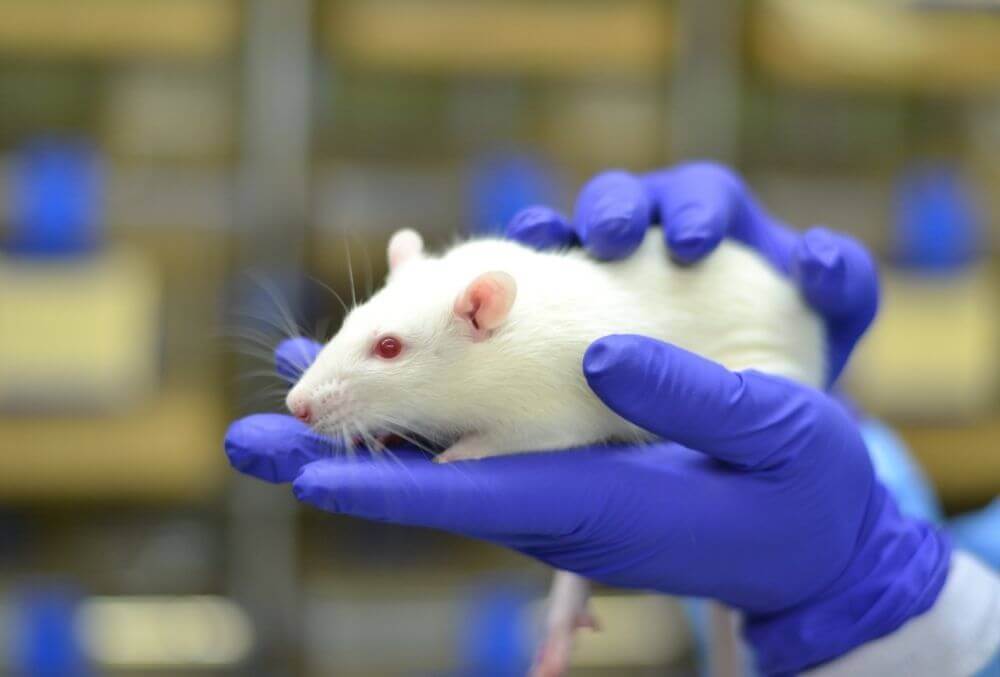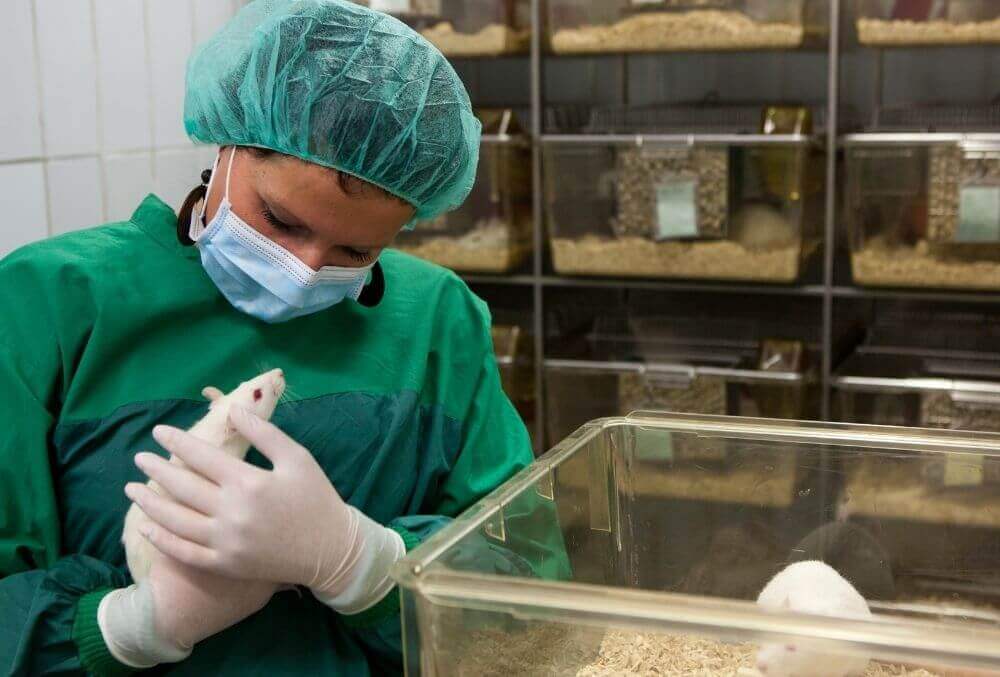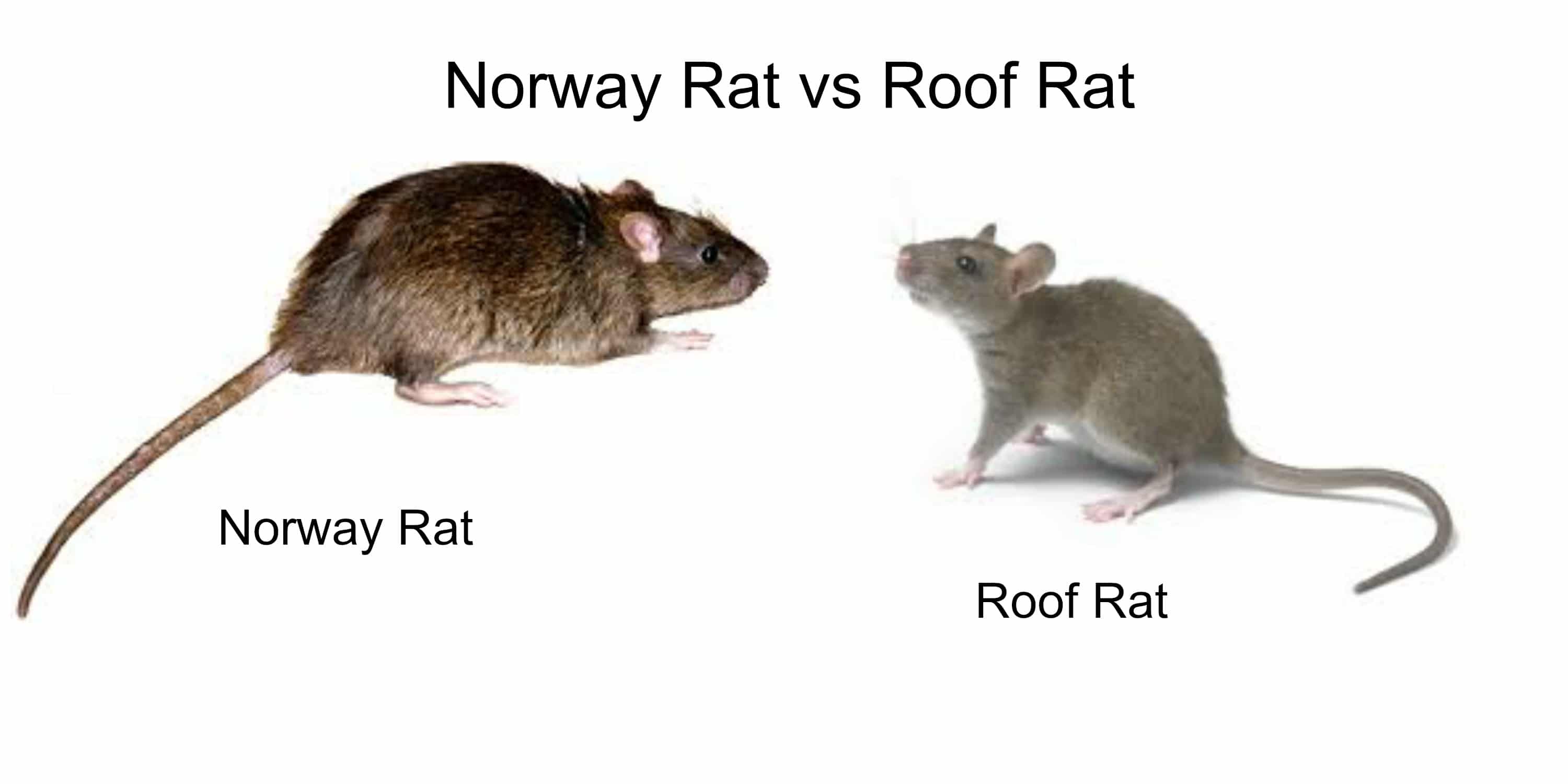Table of Contents
Rats are a lot of things. For the most part, people see them as pests and disease bringers. However, rats also make for cute little companions when they’re not unwanted guests or harborers of disease. While these two descriptions of rats are accurate, rats are more than just pets or pests, they are also huge contributors to the medical field.

What most people tend to forget is that there is such a thing as laboratory rats. For decades, the medical field has enlisted the help of rats to help better understand several scientific questions. Thanks to their contributions, medicine has improved on things such as treatments and its understanding of specific diseases.
Why Rats?
Of course, you might be wondering why scientists chose rats in the first place. Well, there’s a very logical explanation for this. Lab rats and mice share several things in common with humans.
It might not look like it, but rats and humans share many similarities. You might think this is an insane statement, considering that humans look nothing like rats. However, these similarities go way deeper than appearance.
In terms of anatomy and physiology, rats and humans share similar characteristics. Humans, rats, and mice also have about 30,000 genes in common. So, in terms of a comparative medicine study, using lab rats as test subjects for human diseases would make sense due to their similarities.
Then, there’s the matter of the study of genetics. In the early 21st century, the human genome was finally sequenced. A few years later, mice and rats’ genome was also sequenced. So this allowed scientists to study the genes rats and mice have in common with humans. More specifically, scientists manipulated these genes to see how they influence genetics-related illnesses. As a result, scientists would better understand these illnesses and use this knowledge to help treat these human diseases.
Another similarity that rats have with humans would be their brains. While you might agree because some people give you good reason to think they have a rat brain, it’s not like that. Rather, rats and humans have neural networks that are mapped out similarly. As such, understanding some primitive and base human behaviors can be done with the help of rats.
Using lab rats also provided an economic advantage. Since rats are small, maintaining them would be relatively easy, and they won’t take up much space or eat much. They also grow and mature quickly, making it easy always to have some ideal specimens.

Advances in Medicine Thanks to Rats
Given all the advantages of using rats in many scientific studies, it would now make sense why scientists still use rats in their studies today. But, given all the studies these lab rats have been involved in, what medical contributions have they made?
You’ll be surprised to know that these rats have made countless contributions to the medical field. From behavioral studies to cardiovascular medicine, the list is endless. A couple of these contributions are listed below.
Addiction
Some rat studies have helped shed light on how addiction takes place. For example, one rat study looked at how cocaine addiction can manifest.
Previously, drug addiction was seen as the brain losing control over the urge to continue seeking drugs. However, with the help of rat studies, research revealed that it was more than just the brain losing control. With cocaine addiction, there was also an alteration between the areas of the brain linking stimulus and emotions–the basolateral amygdala. Therefore, focusing on this part of the brain could also aid in treating drug addiction.
Atherosclerosis
Rat studies have also helped in research on cardiovascular health. For example, one study helped look at how atherosclerosis could be treated.
The research looked at the mechanism responsible for the hardening of arteries, using a rat as a model. Then, while studying this mechanism, a possible treatment was discovered. Specifically, this rat study showed that antibiotic acne treatment could also help prevent plaque buildup responsible for atherosclerosis. Without the help of a rat, this discovery may not have been possible!

Conclusion
People usually see rats as pests and disease bringers. However, they’re more than a nuisance to humans. They’ve also been instrumental in helping with advancements in the medical field. For decades, scientists and researchers have enlisted the help of rats to understand diseases and even find cures with their help. What’s more, these rat-based studies have been fruitful.
So, while rats may get a bad reputation for being pests, they also deserve some credit where it’s due. With all their contributions in the medical research field, humankind has enjoyed better lives despite their illnesses.





